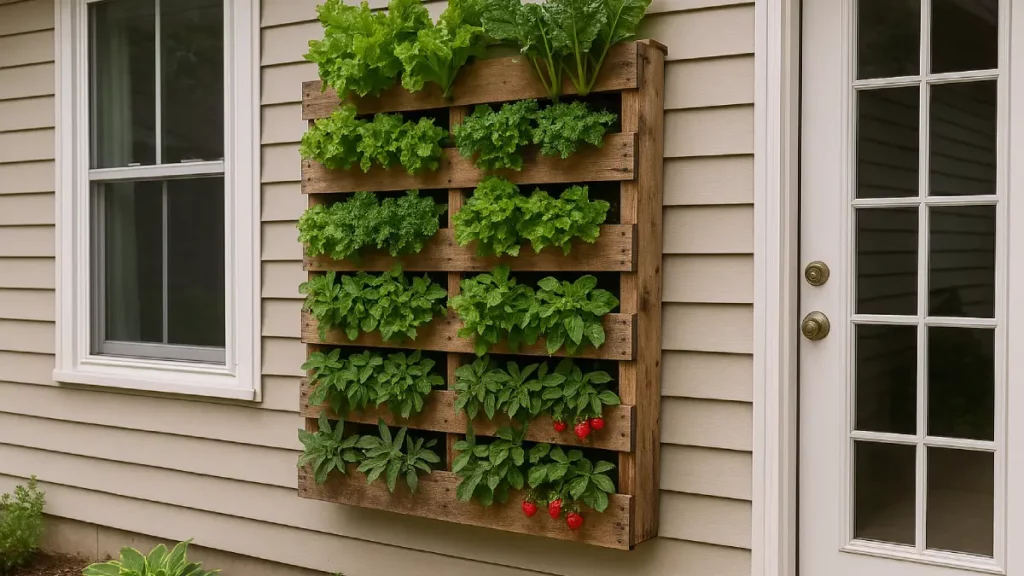Spread a generous layer (usually 2-4 inches) of your chosen organic matter over the cleared garden bed. Why is this so amazing?
Want to deepen your compost knowledge? Visit our post on Creating the Perfect Compost.

Now it’s time to mix that magical organic matter in and loosen the soil so roots can easily explore! This step, often called **tilling or digging**, helps incorporate your amendments and breaks up compacted ground.
You can use:
Important Tip: Avoid working the soil when it’s too wet (it’ll form hard clumps) or too dry (it’ll be rock hard and dusty). Aim for slightly moist, like a wrung-out sponge.
While loosening is good, be careful not to overdo it. Excessive tilling can actually damage the soil’s natural structure and harm beneficial soil organisms over time. Mixing in your amendments thoroughly is the main goal here.
To help you select the right tools to loosen your garden soil, read our Garden Tools Essentials Guide.
Remember that soil test from Step 1? Now’s the time to use its results! Based on the test, you might need to add specific **amendments** to adjust the pH or boost certain nutrients.
Always follow the application rates recommended by your soil test or the product label. It’s like giving your plants vitamins – the right amount is helpful, but too much can be harmful! Gently mix these amendments into the soil along with the organic matter during the tilling/digging step.
Discover more about fertilizers that are perfect for your garden in our post about Understanding and Using Organic Fertilizer.
While adding organic matter helps *all* soil types, sometimes specific soils need a little extra TLC:
No matter your starting point, consistent addition of organic matter year after year is the long-term path to incredible soil. Patience and compost are powerful!
You’re almost there! After mixing everything in, give your soil a final once-over:
Congratulations! You now have a beautifully prepared garden bed, rich, loose, and ready to welcome your plants!
Not sure what to plant next? Check out our Vegetable Gardening for Beginners.
Wow, garden explorers! You’ve journeyed through the essential steps of creating properly prepared soil for gardening. From playing soil detective with a test kit to clearing the way, adding magical organic matter, loosening things up, balancing nutrients, tackling tricky soils, and smoothing the final surface – you now hold the keys to unlocking incredible garden success!
Remember, starting with amazing soil is the foundation for everything else. Healthy, happy soil leads to healthy, happy plants that burst with flowers and delicious food.
Taking the time to prepare your soil properly isn’t just a chore; it’s an investment in a season filled with growth, beauty, and the thrill of watching your garden thrive.
So, grab your tools, embrace the dirt, and get ready to prep that soil! Your plants will thank you with amazing growth, and you’ll experience the pure joy of gardening in soil that’s truly alive. Happy prepping, and even happier gardening!
Q: How often should I test my garden soil?
A: It’s a good idea to test your soil every 2-3 years, or whenever you’re starting a new garden bed or notice issues with plant growth.
Q: Can I use fresh grass clippings as organic matter?
A: It’s best to compost grass clippings first. Adding large amounts of fresh green material directly can tie up nitrogen temporarily as it decomposes. A thin layer used as mulch is usually fine.
Q: What’s the difference between compost and fertilizer?
A: Compost primarily improves soil structure and adds a wide range of nutrients slowly, feeding the soil itself. Fertilizer provides more concentrated, specific nutrients directly to plants. Both are beneficial!
Q: Is tilling always necessary?
A: Not always! Many gardeners practice no-till or minimum-tillage methods, especially after the initial preparation, relying on adding compost to the surface and letting worms do the mixing. This helps preserve soil structure. Tilling is most useful when initially breaking ground or incorporating large amounts of amendments.
